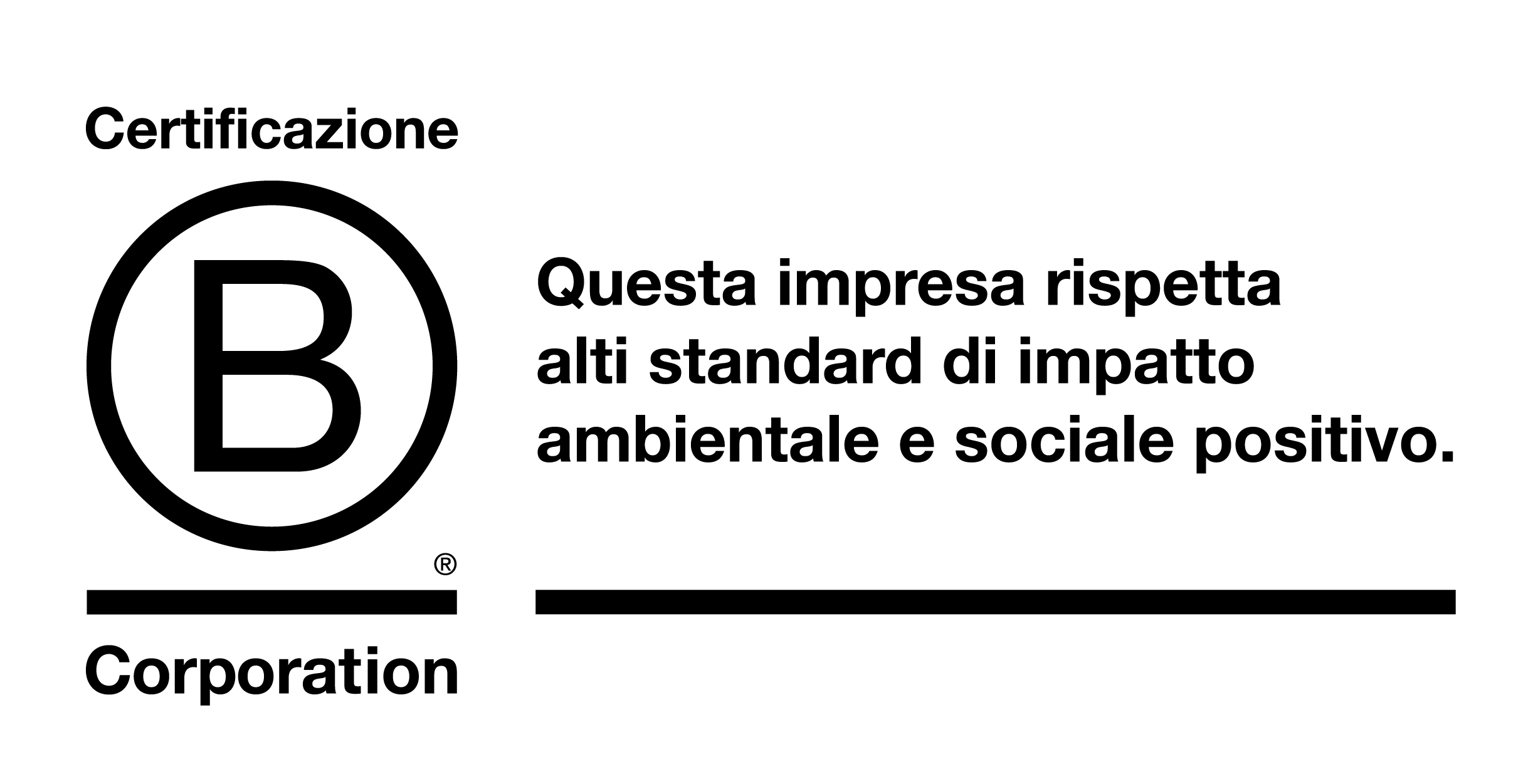The way in which we have produced, consumed and conceived clothing is no longer sustainable. This is why we need a revolution.
Can sustainable fashion really exist?
Sustainability and fashion are two opposite concepts at first sight. One refers by definition to lasting concepts, while the other refers to a temporary and constantly changing idea.
This is why great care must be taken in the design phase, which must also be sustainable. Rifò wants to create versatile and quality garments, highlighting the details to make them unique.
We are against programmed obsolescence, especially in the fashion industry.
Our compromise between style and durability?
Does that explain your presales mechanism?
Yes, it does. When we launch a new product, we put it on pre-sale in order to understand the market demands and avoid overproduction.
Producing small quantities also allows us to control the production chain as well as the quality. Ethical fashion for us is also to respect the craftsmen's work, need and time table.
This way we are able to listen to people and understand their needs.
The pre-sale system allows us to create a sustainable clothing collection that takes into consideration our region and the people who work here.
You help us not to waste resources. We apply a small discount.
People, not consumers
We do not participate in the out-of-control system of inflated seasonal sale periods and induced needs, and we oppose it with specific campaigns, for example on Black Friday.
We believe that this system has led to a progressive depreciation of goods over the years. With the presale system, we want to reverse this trend.
We offer a discount to people not because we overproduced, but because of the waiting time involved in only producing what is required. The goal is not to get rid of the in-stock goods, but to make the consumer an active part of the process.
Does circular economy automatically mean sustainability?
Establishing a circular economy process is not enough to solve the issue of overproduction.
If production exceeds demand, there will always be an unsold quantity that could turn into a massive amount of waste.
According to Rifò, a sustainable circular production must also be ecological, simple and fast, including a small stock that meets the real needs of customers.
Yes to Recycled materials. No to large-scale manufacturing.
Browse through Rifò garments and you will always find specified who produced that garment and where.
Where can we find a solution?
We, at Rifò, think that part of the solution lies in the recycling of clothes that otherwise would end up in a landfill or incinerator, by transforming them into new resources. But that's not enough.
According to us, sustainable fashion is emotional. It means that we should give value to what we wear: don't forget it, don't waste it, try to repair it, readjust it to a different use. When repairing is no longer possible, then we can recycle our garments to give them a new life, a new meaning.
Who had an old sweater that used to belong to their grandparents that you don't want to throw away? We are used to immediately replacing something broken with a new product and we seem to have lost the ability to establish a bond.
Why do we need a more sustainable fashion industry?
We've reached a saturation point in the fashion industry. There are two main problems:
1) Overproduction: We produce way more than what we really buy. Traditional clothing companies do not know how to dispose of their unsold stocks, which are very often thrown away because they don't want to create a devaluation of the goods.
2) Over-consumption: we consume much more than we actually need. We are encouraged to buy by the fast fashion system that affects our lives and invites us to buy more than we need.
This system is not sustainable because it leads us to consume limited resources without producing something actually useful. Besides, most of the clothes are not ethical because we do not know how and who makes the clothes we buy.
A different way of consuming is possible.


 Copyright Rifò - All Rights Reserved - C.F./P.Iva 02426250979 - REA: PO - 534385 - Cap. Soc. 16737,23 €
Copyright Rifò - All Rights Reserved - C.F./P.Iva 02426250979 - REA: PO - 534385 - Cap. Soc. 16737,23 €